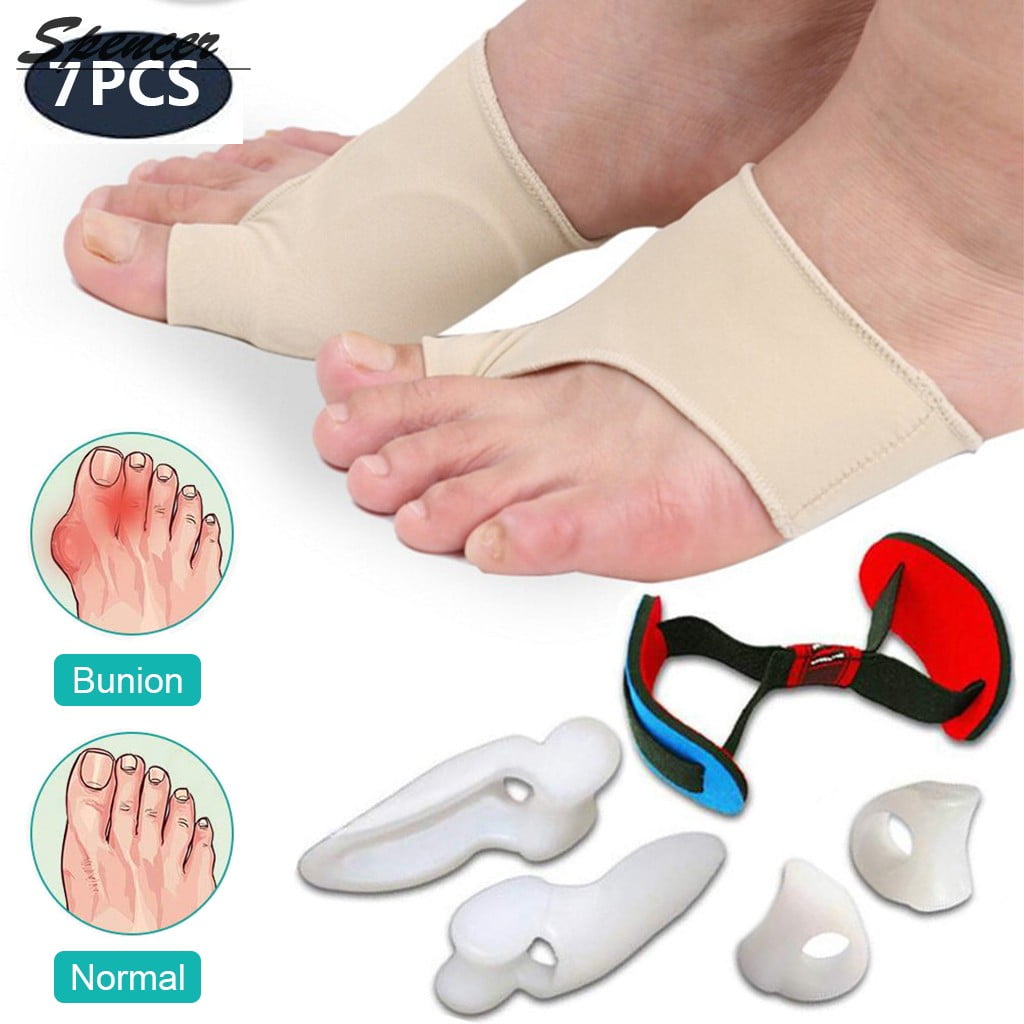
There are many different brands of cast boots here are the most popular products from the best brands. Many orthopedic medical boots are able to be adjusted, and can be removed if the situation arises where it is necessary. It helps bones at the lower leg and ankle to heal. Hawaii, Alaska, Puerto Rico and all international orders are subject to additional fees.The medical boot, also referred to as a cast boot or post op shoe, is usually worn to protect the foot from re-injury. Purchasing an overland-freight truck item.įree Freight Shipping, when applicable, only applies to the 48 contiguous United States. If you do not have a loading-dock, be sure to choose lift-gate as your delivery option when Made-to-order items may have longer shipping lead times.Ĭustomer will be notified as soon as Truck-Freight items become available for overland freight shipment We will attempt to notify you by email and provide a tracking # when your product(s) ship.įreight Shipping (Truck Freight) Heavy items (anything over 150 lbs), bulk-freight, and pallet truck items and custom fabrication Orders placed over the weekend will be processed first thing Monday morning. International orders are subject to additional fees. Via 3-7 business day ground delivery service (unless lead-time is otherwise noted on the product page).įree ground shipping only applies to the 48 contiguous United States.

Standard Ground Shipping Most items are processed within 24 hours and are shipped from the warehouse within 48 hours Use a shoe with a lift or a thicker sole on the opposite foot to help balance the leg lengths in order to provide maximum support and stability. The post-op shoe should be worn with a sock, and the straps on the shoe should be snug but not tight.
#Toe protection after surgery skin#
If this happens, or any signs of tingling, numbness, excessive itching, color change of the foot, pain or swelling occur, patients should contact their doctor for an adjustment to avoid persistent discomfort and skin irritation. While this is to be expected, if the redness lasts for more than fifteen minutes after removing the shoe, then this could be a sign of excessive pressure. There may be some redness on the skin from the pressure areas caused by the shoe. During the day, they should remove the shoe and inspect the skin twice a day. How Should a Patient Wear a Post-Op Shoe?Īfter being fitted with a post-op shoe, unless otherwise instructed by a medical professional, patients should wear the shoe when they’re up and walking. Peroneal, achilles tendon repair, or posterior tibial Great toe joint arthritic bone spur removal


Some other reasons why individuals would wear a post-op shoe include:

Post-op shoes provide the necessary compression, protection and security for patients recovering from different things such as broken toes, foot ulcers, post bunion surgery, and bandage/cast protection, and especially for geriatric patients and diabetic patients with insensitive feet. When wearing a post-op shoe, it is advisable to wear a shoe with a lift on the opposite foot, like a boot, clog or mule type of shoe, to balance out the leg length and prevent back pain. The shoe will act like a “bumper” to prevent injury when walking, and usually have a rigid sole so the surgical site does not move and flex, causing trauma and swelling. They are specifically configured to open up to easily fit the foot into it, allowing easy access of the foot to check on bandages. When the patient is able to start the walking or rehab stage of recovery, a post-operative shoe is recommended to protect and support the patient’s surgically repaired foot, and to aid the healing process.ĭesigned to provide the foot with protection and support, the post-op shoe should be large enough to fit over post-surgical bandages or casts. After most foot surgeries, patients are usually told to not immediately walk on their feet in order to allow the foot to heal to a point when weight-bearing movement or rehabilitation is appropriate and required.


 0 kommentar(er)
0 kommentar(er)
